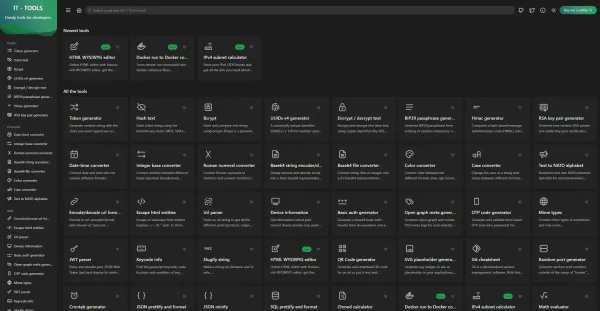What Is Full-Stack Project Management?
Project managers in the field of software and design need advanced skills, which can be summed up under the term full-stack project management. But what makes a successful full-stack project manager?
Nowadays project managers in the field of software and design need advanced skills, which can be summed up under the term full-stack project management. But what makes a successful full-stack project manager?
The term full-stack project management is derived from full-stack software development. What is meant by this is modern project management that covers the entire life cycle of the project and includes long-term, strategic planning.
Full-stack project managers often have a strong background in design and communication and are involved in all phases of a project. While classic IT project managers focus on delivering a product or completing a specific project, their full-stack colleagues always go one step further. They see if it meets the needs of the customers and if there is room for improvement.
Key Differences Between Full-Stack And Traditional Project Management?
Classic IT project management is all about delivering the best result without exceeding the schedule and budget.
The classical project features: The projects have a specific goal, have limited resources, and must be completed within a given time.
This also applies to full-stack project management, but the changed expectations of users and the latest IT trends are also taken into account here. It's not just about tackling the project tactically but analyzing it in a holistic, strategic context.
Crucial Skills For Full-stack Project Management
In practice, it is said that full-stack project managers should have various skills. On the one hand, they need empathy and should be willing to understand the pain points and needs of customers and end-users, incorporate them into the project and adapt them accordingly. In addition, it is imperative that they have an overview of developments in the market, an understanding of data, and keep an eye on the competition. While planning and strategic thinking still play an important role, full-stack project management focuses on communication—both outside and inside the project.
They should not only ensure that the desired order is fulfilled but also act as strategic advisory partners who understand the value of innovation and continuous improvement. It helps to always consider different perspectives and needs and to think flexibly and creatively.
At the same time, the full stackers should take care of their team by acting with integrity, creating psychological security, and promoting learning.
The focus should be on the team and its well-being.
Mandatory Technical Skills For Full-Stack Project Management
Full-stack project managers need a technical background to understand the tools and technologies used in IT projects. This is the only way they can control communication in the team, avoid possible planning errors and contribute to the product development process. Because they have direct contact with customers, they also need to be able to explain what the current status is and why the technical team decided to approach the issue in a certain way.
Full-stack project managers are so-called "T-shaped professionals", i.e. specialists and generalists in one, who have in-depth expertise in one area (that's what the vertical line stands for) and at the same time a broad knowledge in it other disciplines (the horizontal bar symbolizes this).
Key Tools And Methods
Nowadays project management is a mixture of traditional project management approaches, lean management, agile methods, design thinking, and other tools.
- Lean management means creating value without waste, with the aim of optimally coordinating all activities that are necessary for value creation and avoiding superfluous activities.
- Agile working makes it possible to master complex projects, react quickly to changes, increase performance and deliver products quickly and efficiently.
- Design thinking focuses on the wishes and needs of the target group.
Full-stack project managers need to ensure that the design and engineering teams can work well together. To achieve this, they should formulate a common vision that is known to everyone, create a clear plan and concrete working agreements within the teams, and find an efficient way to stay in touch with each other.
Various Lean and Agile techniques, for example, continuous communication with stakeholders and working with efficient sequences, short learning cycles, and retrospectives play a major role in achieving successful results.
Conclusion
Full-stack project management is becoming the new normal
Full-stack project management is a holistic way of working, where each product is viewed in its larger context. This includes the current market situation, the latest IT trends, the needs of the target group, and the usual time and cost specifications.
Full-stack project managers are consultants and strategic thinkers who are able to contribute to every aspect of the project as they not only have technical skills but also important soft skills such as flexibility, adaptability, and empathy feature.
Full-stack project management will shape the future of project-based work - also because it lends itself very well to remote work and hybrid work.
The skills of the full-stack project manager and the new tools and methods not only lead to better products and more efficient projects but can also counteract the isolation and loneliness in the home office, improve communication within the teams and thus strengthen the team spirit.
I hope you find this article helpful.
Also, if you have any questions, ideas, or recommendations, or want to share your experience with project management, please contact me. I will try to answer your question if possible and will have a look at your recommendations.
Also, feel free to connect with me on Medium, LinkedIn, Twitter, and GitHub.
🙌 Support this content
If you like this content, please consider supporting me. You can share it on social media, buy me a coffee, or become a paid member. Any support helps.
See the contribute page for all (free or paid) ways to say thank you!
Thanks! 🥰


